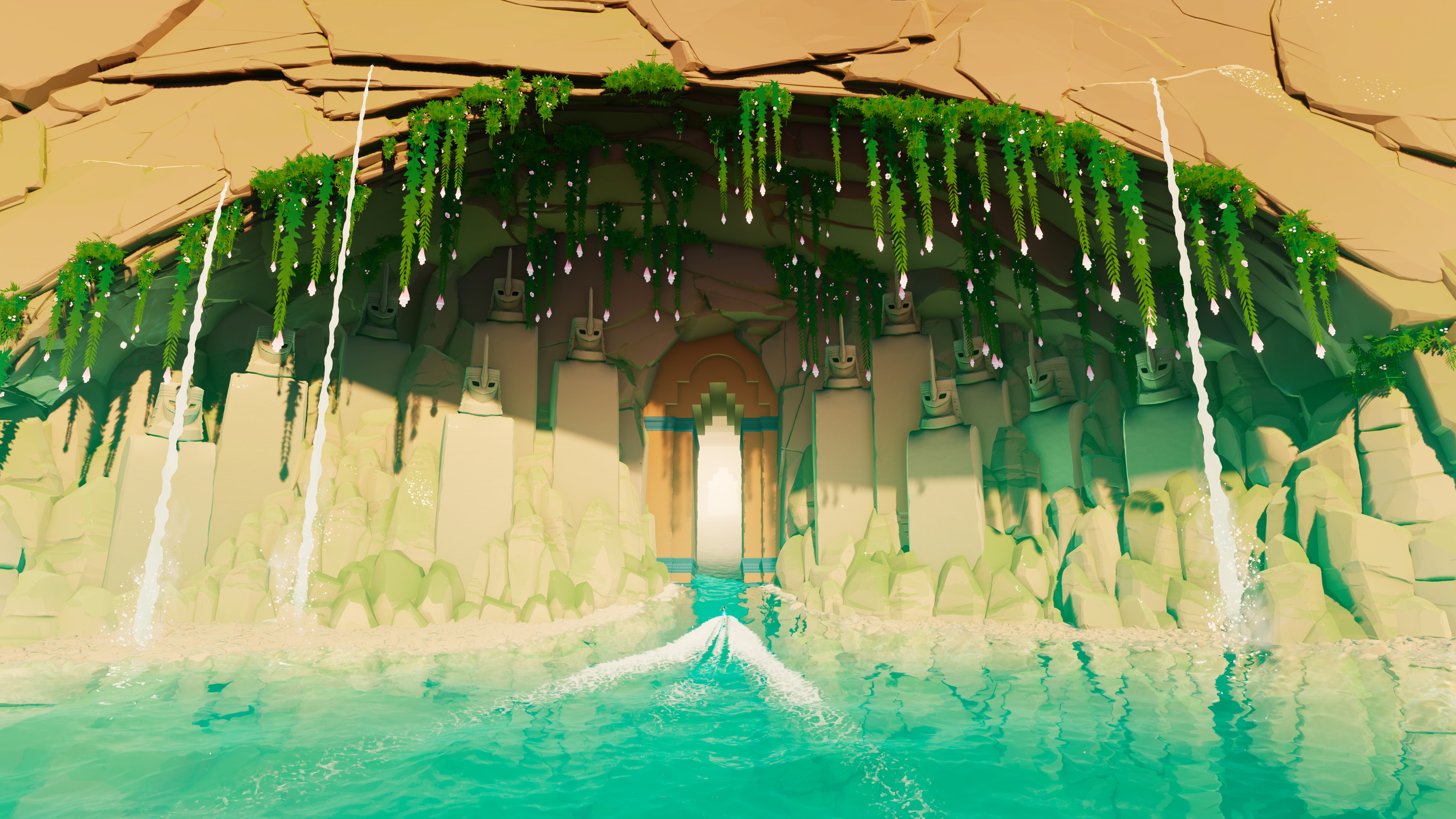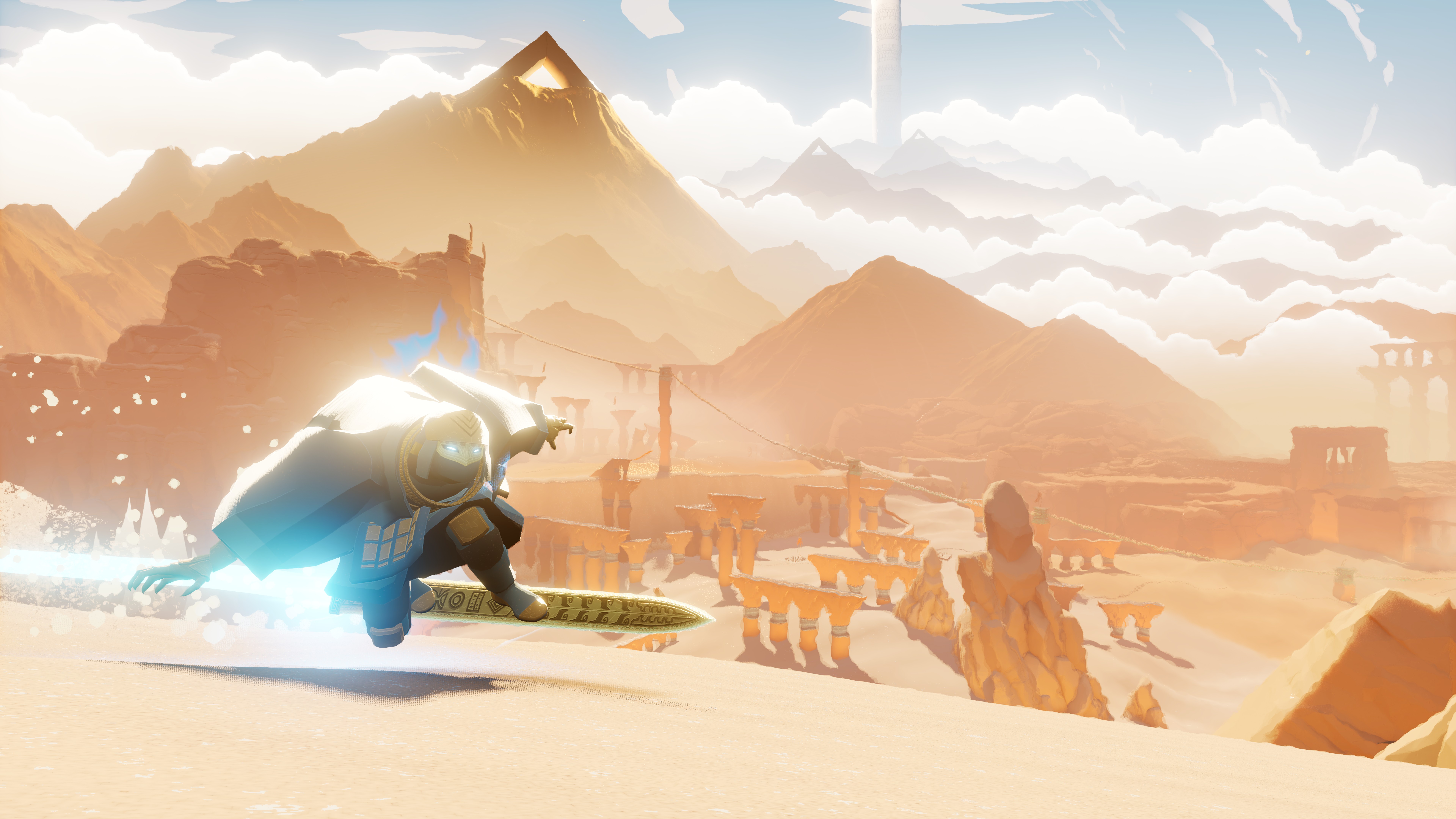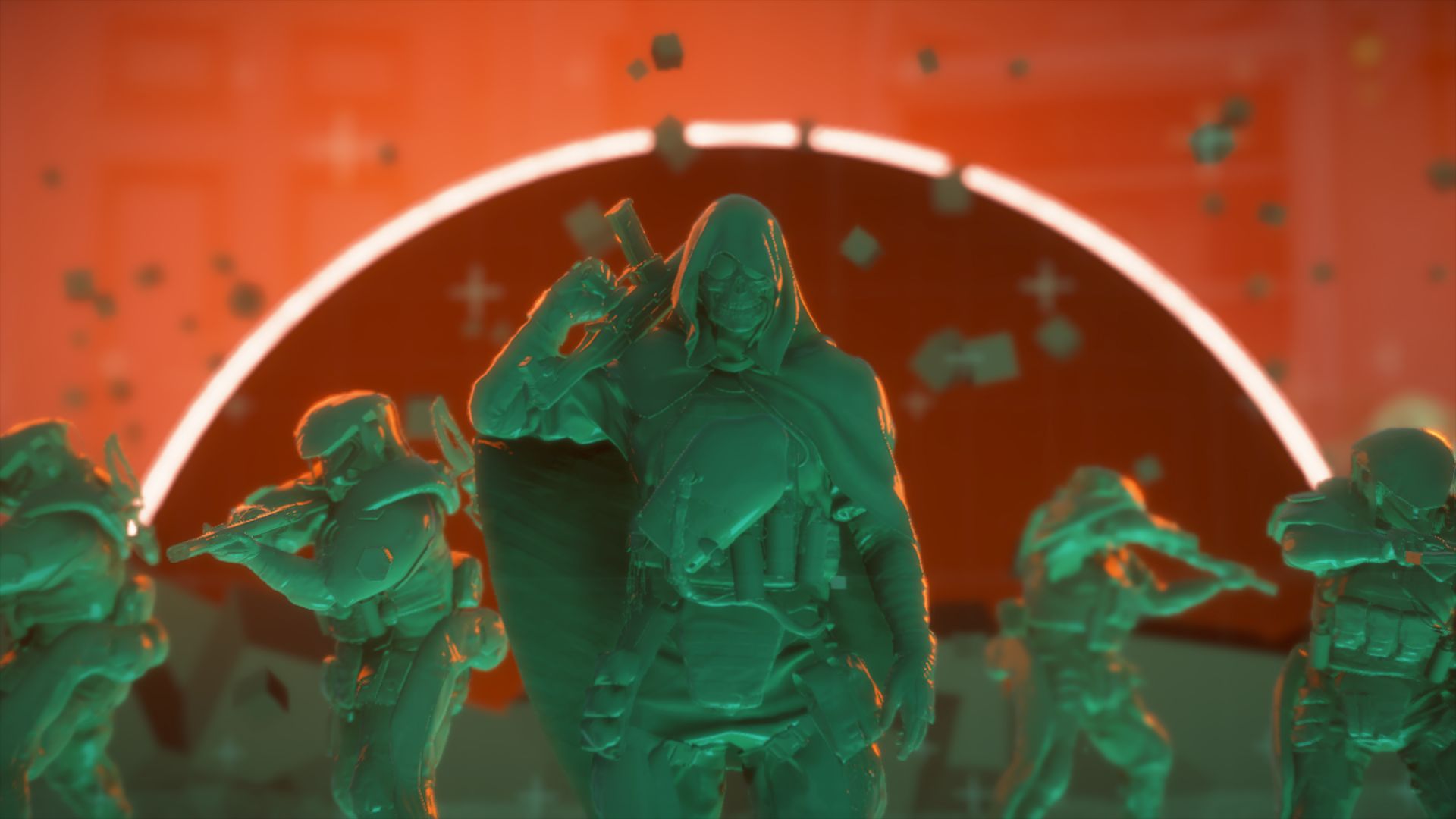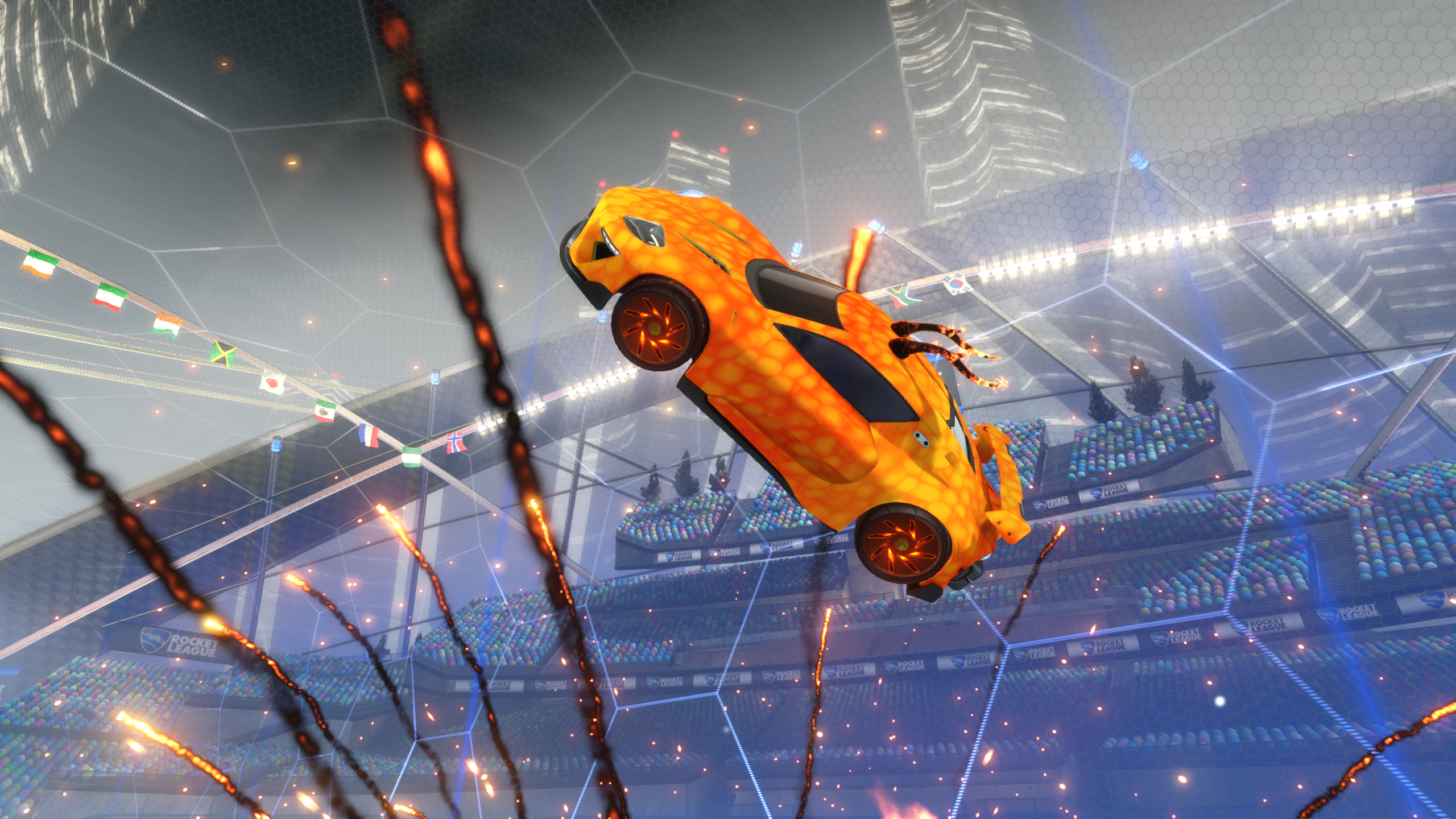
I've got the training wheels on, even when I don't look the part.
At Summer Game Fest, I spent half an hour cruising through desolate dunes and restoring ancient ocean life in Sword of the Sea. As the Wraith—the game’s hoversword-riding magical hero—you’re given little guidance about what to do or why, but the pieces of the puzzle are in its surroundings, communicating how this sandy, barren land was once an ocean, and my ethereal little surfer is powerful enough to fix it.
Part of the fun in Sword of the Sea was my mood-based button mashing. There’s no right or wrong way to glide along the ruins, so I tapped jump, then hit any combination I could squeeze in after. I didn’t need to perfect the nuances of every combo, though that option is there. The Wraith easily moves like a magical Tony Hawk, so every input makes them look and feel like an ethereal pro skater.

And so it’s no surprise when creative director Matt Nava tells me the Tony Hawk games are a source of inspiration. That, and his real-life adventures in snowboarding. I’m not good at either, but that’s sort of the point. Even as an amateur, there’s a thrill in snowboarding for the first time, and the Pro Skater games are fun to fail at. Sword of the Sea is a fusion of the two—The Wraith recovers from every slip-up with ease, so there’s nothing truly punitive about sliding off the side of a cliff or missing a jump.
“You never make him trip and fall off the board,” said Nava. “You never wipe out. The worst that can happen is you fall off a ledge, but we give you ways to save yourself.
“It’s something that I think is really funny in game design. We’re always playing characters in games that are heroic action figures; they’re super good. But then as a player, we’re totally klutzy … the character in this game is supposed to be a pro surfer. That’s what I should feel like when I play, even if I’ve never surfed before.”
And skipping all of the usual videogame fail states does make the surfing feel quite good. The Wraith can be an enchanting show-off with fancy, extended in-air combos or a perfectly modest little hop. My actions were often dictated by the music or changes in the land, and I suppose that’s the intent. There were long stretches of sand and ocean where I simply rocked my surfer back and forth, enjoying the momentum subtle movements built until honing in on a ledge to leap for and grind to its end.
Whenever I felt like it, I paused to investigate suspicious outcroppings or ancient architecture, and they’d trigger massive waves of sea life to wash away sand. I’m sure I missed some, but I couldn’t tell you which—plenty are easy to bypass. Breaks for instruction strike the same elegant simplicity found in the other games Nava worked on, like Journey and Abzu. I was rarely forced to stop, only spotting a few interactions to flag new mechanics or NPCs with clear, unintrusive text that fades just as quickly as it came.
From the movement to the presentation, there were a lot of those ‘this is like Journey, Abzu, or The Pathless’ moments, but that’s not a bad thing. I like the meditative movement and familiar surroundings. Though I do have to note how incredibly orange my whole surf session was, much like Journey, and Nava wasn’t shy about the pieces of his earliest work influencing Sword of the Sea.
“This is the first one where I’m ready to make another game that has the color orange in it now,” said Nava. “After Journey, it was like ‘OK, I can’t touch that for a while, I’ve done orange. Then I’ll make a blue game with Abzu.’ Now it’s like ‘OK, if I’m gonna make an orange game, it’s gonna be an extension of the kind of ideas I had in Journey, right?’ So it’s clearly connected.”
Sword of the Sea’s artful surfing meets somewhere between all of Nava’s work, carrying over lessons in style and play I can’t seem to tire of. It’s graceful like Journey and Abzu with just a dash of The Pathless’ fast-paced action, though always iterative enough to rekindle Giant Squid’s usual sense of wonder and serenity with its indomitable little surfer.






